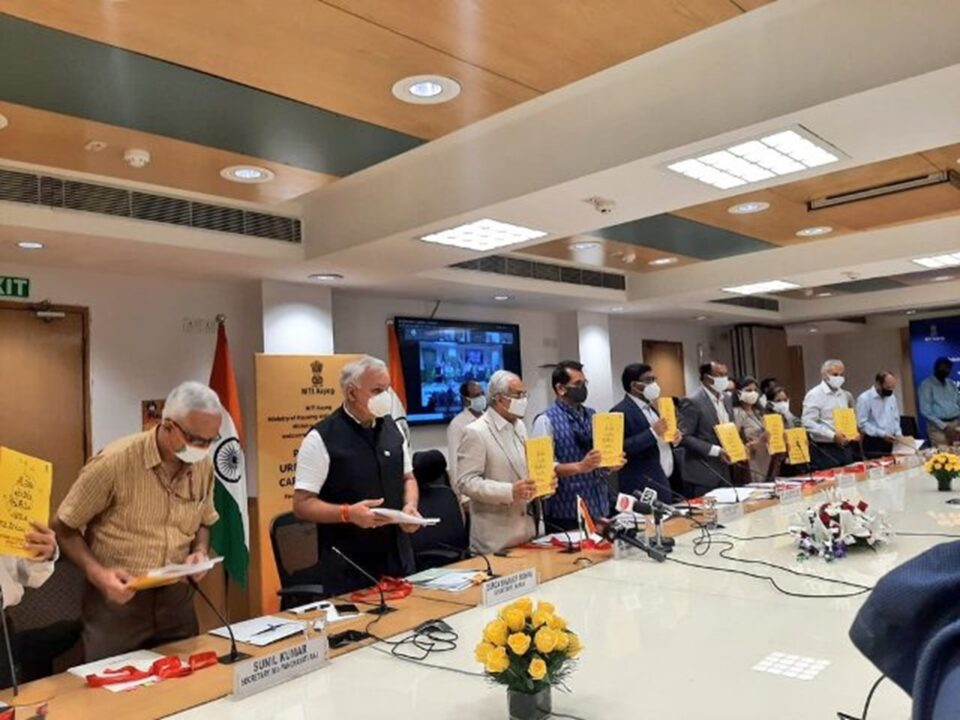
NEW DELHI: NITI Aayog, the think tank of the Government of India, on Thursday, September 16, released a report on the steps required for urban planning reforms in India. It was released by Dr Rajiv Kumar, Vice-Chairman, NITI Aayog, and Amitabh Kant, Chief Executive Officer, NITI Aayog. The report was titled ‘Reforms in Urban Planning Capacity in India’.
Urban planning is the key to integrated development of cities in the country, but it has not received due attention till now, according to the report. The COVID-19 pandemic has also exposed the situation in urban regions and shows an urgent need for better planning and management of cities in India.
The Annexure 1 consists of the questions put up in Rajya Sabha related to urban planning and their answers provided by Babul Supriyo, the then Minister of State, Ministry of Urban Development, Government of India. The report also mentions the formation of an advisory committee for reforms in urban planning education system under the chairmanship of Dr Rajiv Kumar and 13 other members.
The report gives a detailed account of all the events and meetings held by the advisory committee and the key benchmarks achieved by the central and state governments with regard to urban planning and development. The annexure VI of the report elaborately mentions the list of states in India with cities having master plans or plan under preparation. It also tells that almost 65 per cent (5090) of the total 7933 urban settlements in India (census towns + statutory towns) do not have any master plan (approved or under preparation).
The planning report also added that as per the guidelines of the Urban Development Plans Formulation and Implementation (UDPFI), 1996, there is a need for 11,768 urban planners in the country for the total of 7933 urban settlements, which will equate to one planner per 32,000 urban population. However, this model is a ‘conservative’ estimate and is calculated based on the urban features and population structures in 1990, the report mentioned. Therefore, another model was put together by Town and Country Planning Organisation (TCPO), in consultation with NITI Aayog, which could be realistic and practical. As per this model, there is a requirement of 12,213 urban planners in the country, meaning 8,268 posts in all the states and union territories (UTs).
The report has made several recommendations to decongest the value chain of urban planning in India. It also suggested the formulation of a central sector scheme named “500 Healthy Cities Programme” for a period of five years where priority cities will be selected by the state governments and local bodies. At the end of the report, there is a complete list of courses offered by educational institutions in planning and also the list of colleges in India which offer postgraduate and undergraduate degree programmes in planning.


Urban planning education. Post graduate diploma is also started by IGNou during 2015 hence similar way. In the local government post need to create is urgent needs. In urbanization process associate urban planner .uban planner as levels of local govt.it should be considered in policy